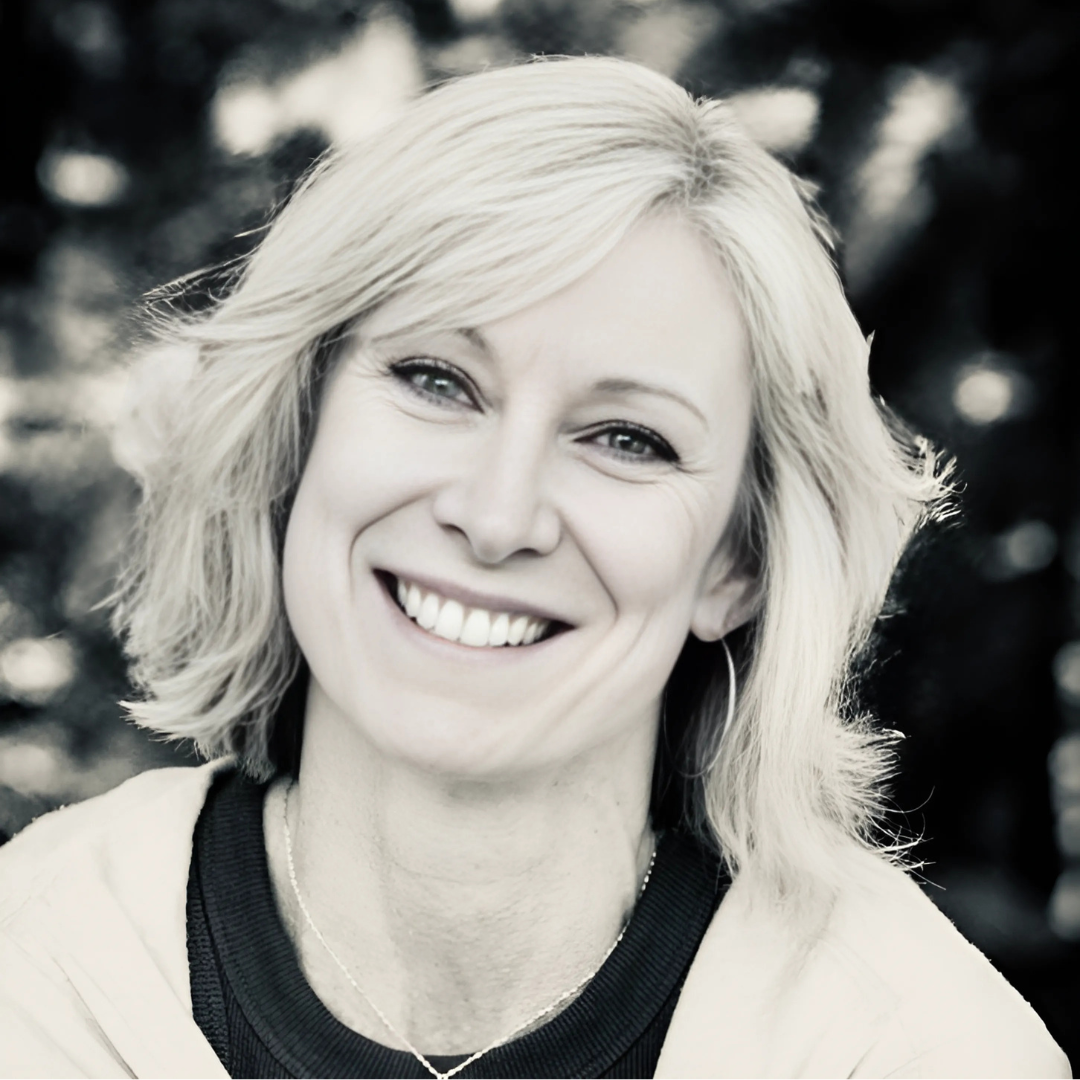
When many people hear the word mindfulness, they picture someone sitting still, eyes closed, breathing deeply. And yes—the breath is a powerful anchor. But mindfulness goes far beyond breathwork.
At its core, mindfulness means noticing the present moment with curiosity and compassion. It is awareness of the body, of thoughts, of emotions, of sensations, and of the stories we tell ourselves about what’s happening.
This awareness is the foundation of self-regulation. Without it, we’re at the mercy of stress and old habits, reacting on autopilot. With it, we learn to pause, breathe, and choose our response.
A Thread Through Time
This practice of turning attention inward and observing life clearly isn’t new. Humans have been discovering it, in different forms, for thousands of years.
In ancient India, the Buddha described mindfulness as observing body, feelings, thoughts, and patterns of mind. These four foundations of awareness were meant not as escape, but as liberation—helping people see reality without distortion and meet it with compassion.
Stoic philosophers like Marcus Aurelius were writing about a similar principle: while we can’t control what life brings, we can control how we meet it. That awareness of thought and response—what modern psychology calls “cognitive reframing”—is mindfulness in another language.
In Christian contemplative traditions, mystics practiced slowing down through lectio divina (sacred reading) and silent prayer. By bringing full awareness to a passage or phrase, they discovered a presence, stillness, and calm..
For various Indigenous communities, mindfulness has long been woven into daily life: noticing the turning of the seasons, listening to the language of the wind or birds, participating in ceremony with reverence and awareness. Attention was not a skill to add—it was a way of being in relationship with the world.
And in Zen and Taoist traditions, everyday acts like sipping tea, walking, or painting calligraphy became ceremonies of presence. The practice was simple but profound: doing one thing with full awareness revealed the sacred in the ordinary.
Though the forms differed, the insight was the same: when we bring full attention to life as it unfolds, we suffer less and connect more.
Science Catches Up
Modern neuroscience and psychology are now confirming what sages and seekers have known for millennia: mindfulness changes not just how we feel, but how our brains and bodies function.
- Reshaping the brain: Brain scans show that regular mindfulness practice thickens the prefrontal cortex—the region linked to focus, problem-solving, and wise decision-making. At the same time, it quiets the amygdala, the brain’s alarm system that triggers stress and fear. This means we literally rewire ourselves for calmer, more thoughtful responses.
- Boosting memory and learning: Mindfulness strengthens the hippocampus, a brain region essential for learning and memory. People who practice regularly report sharper focus, better recall, and less mental fog.
- Improving emotional regulation: By observing emotions instead of getting swept away by them, we activate brain circuits that help us manage frustration, sadness, and anger. Over time, this builds resilience—the ability to bend without breaking under life’s stress.
- Enhancing empathy and compassion: Studies show that mindfulness increases activity in areas of the brain linked to empathy and perspective-taking. This translates into greater patience with others, deeper listening, and stronger relationships.
The benefits extend into everyday life: lower blood pressure, reduced anxiety, improved sleep, increased creativity, and even stronger immune function. In short, mindfulness doesn’t just make life feel calmer—it makes life work better.
Your Sacred Practice Today
Mindfulness doesn’t require hours on a cushion. It begins with small, intentional moments of awareness woven into daily life.
🌿 Step One: Notice. Right now, pause and check in. What’s happening in your body? A tightness in your jaw, a flutter in your chest, warmth in your hands? What thoughts are passing through your mind? What emotions are coloring your moment? Don’t judge—just notice.
🌿 Step Two: Anchor. If it feels overwhelming, return to your breath. Inhale slowly through the nose, feeling the rise of your chest or belly. Pause briefly. Then exhale even more slowly through the mouth. Let each breath be an anchor in the present.
🌿 Step Three: Choose. With this awareness, ask: “What do I need right now?” Maybe it’s patience before responding to your child. Maybe it’s compassion toward yourself. Maybe it’s simply a moment to rest. Awareness opens the door to choice, and choice is freedom.
🌿 Step Four: Integrate. Pick one ordinary act today and make it a mindful practice. Pouring your tea, folding laundry, walking outside. Feel the texture, notice the sounds, observe the thoughts that arise. Let it be your simple ceremony of presence.
When you do this, you’re not only calming your nervous system in the moment—you’re training your brain and body to meet life with clarity, steadiness, and compassion. You are linking yourself to a timeless tradition, practiced by monks and mystics, philosophers and everyday seekers. You’re practicing self-regulation, rewiring yourself for resilience. Science explains the how, but tradition reminds us of the why: to live with clarity, compassion, and courage.
Sacred Saturday Challenge:
Choose one mindful moment today—whether a breath, a thought, or a feeling—and meet it with curiosity. Then notice: how does that small pause change the rest of your day?
Choose one mindful moment today—whether a breath, a thought, or a feeling—and meet it with curiosity. Then notice: how does that small pause change the rest of your day?
___________________
Begin Within
and align with the rhythm of nature and self.













0 Comments